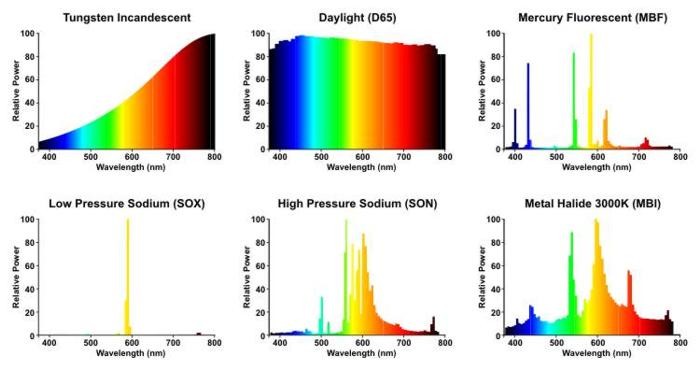Understading Color Rendering Index: A Comprehensive Guide to CRI and Lighting Technologies
- By Lumistrips LED Professional
- Mar 8, 2023
The Color Rendering Index, commonly referred to as CRI, is a method by which we can measure how color looks to the human eye, depending on the light source compared to the sun. The CRI offers a scale of values up to 100, where 100 is the best color rendering light quality and a value below zero is a very poor color rendering. The higher the CRI value (also called CIE Ra), the more accurate the colors are.
If a luminaire has a CRI of 100, this means that there is no difference in colour rendering between the light and the reference light (the sun). Likewise, a CRI of 75 means that the light bulb reproduces a 75% replication of the visible colors that the sun shows, since both lights have the same color temperature. This means that if the reference light is the light of the sun during sunset, the light source to be measured must also have the same color temperature to allow the most accurate comparison with the CRI measurement.
To obtain white light from an artificial source, a combination of different emitted wavelengths is required, something that was discovered at the beginning of the 20th century. From then on many "recipes" to produce white light and combine the different wavelengths were invented and still are.


 Lumistrips UK
Lumistrips UK Lumistrips US
Lumistrips US Lumistrips ES
Lumistrips ES Lumistrips PT
Lumistrips PT Lumistrips ITA
Lumistrips ITA




